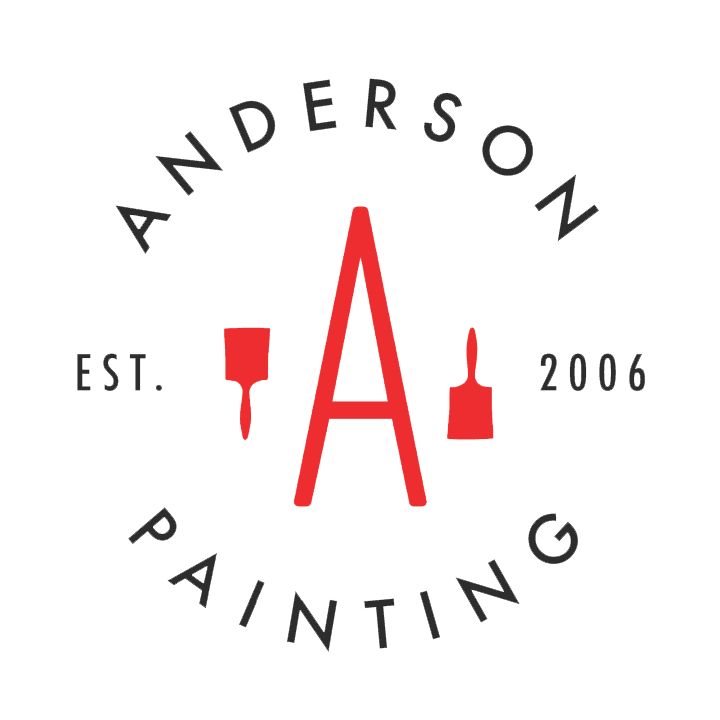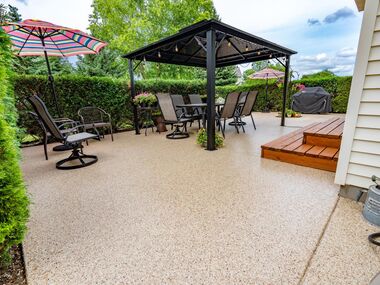5 Common Cabinet Painting Mistakes to Avoid

Refreshing your kitchen cabinets with a new coat of paint or stain can transform your kitchen. But kitchen cabinet painting comes with several challenges, and if you lack experience in this area you may make any number of errors along the way. The fewer mistakes you make when painting your cabinets, the less you’ll have to worry about during and after the job. Here are five common cabinet painting mistakes to avoid.
How to Avoid Common Cabinet Painting Mistakes
1. Forgetting to Take Your Cabinets Apart Prior to Painting
You’re not obligated to disassemble your cabinets before painting them, but you’ll have a much easier time if you go ahead and take them apart. Even though it takes time and effort to do so, consider how much easier it is to paint these surfaces when you’re free to move them outside of your kitchen and focus on one area at a time. If you leave everything as is, you’re more likely to miss spots and accidentally get paint where it shouldn’t go, such as hinges, hardware, and walls. Just remember to label each piece of your cabinetry as you take it apart so you can easily piece everything back together at the end.
2. Neglecting the Prep Work
If you want the best-looking and longest-lasting results, your cabinets must be properly prepared ahead of time. Before painting, professional Raleigh painters will clean all surfaces to remove dust, grease, and other debris. Then, they will sand the cabinets to ensure the paint properly adheres. And before painting the cabinets, they will apply a coat of primer to seal the surface and provide additional reception for the ensuing coat(s) of paint.
3. Using the Wrong Type of Coating
All paints and stains are not created equal -- some are designed for specific purposes. Deck stain, for instance, is meant for exterior application. And while some of these products can be used on interior cabinetry, it’s usually not advisable due to the presence of certain chemicals and volatile organic compounds (VOCs) that may negatively affect air quality. Additionally, most exterior paint products tend to be more susceptible to scratches and scuffs. For these reasons, make sure the paint or stain you choose is labeled for interior use (if it’s specifically for cabinets, all the better). Many painting experts recommend using alkyd enamel paint for kitchen cabinets, but there are many other options to consider as well.
4. Failing to See the Big Picture
Your cabinets might be the most prominent feature of your kitchen, but they’re not the only one. If you swiftly select a color and finish for your cabinets without taking into account the rest of your kitchen’s aesthetic and lighting, you may end up with less than desirable results. And undoing a kitchen cabinet paint job is no small (or cheap) task. In other words, from the outset, you want to ensure that you paint your cabinets in such a way that complements and enhances your kitchen as a whole. This requires some patience and careful thought. If you need help selecting colors or establishing a vision, Raleigh painting professionals can guide you along the way.
5. Re-assembling Too Soon
Your cabinet painting project isn’t complete once you’re finished painting -- you still have to put your cabinets back together. You want to avoid re-assembling things before the paint has fully dried. Otherwise, you might end up with a mess that requires tricky touch-ups. Save yourself the time and energy and make sure your paint job is completely dry before re-attaching the pieces. This may take a few days depending on the type of coating, environment, etc., but your patience will pay off.
The more familiar you are with the common mistakes associated with cabinet painting, the easier it will be to avoid them. Of course, if you’re not feeling confident in your abilities, Anderson Painting is here to help you transform your kitchen and your home. To learn more about us and all we do, call today at 919-610-1855 or email us at info@andersonpaintingnc.com!



